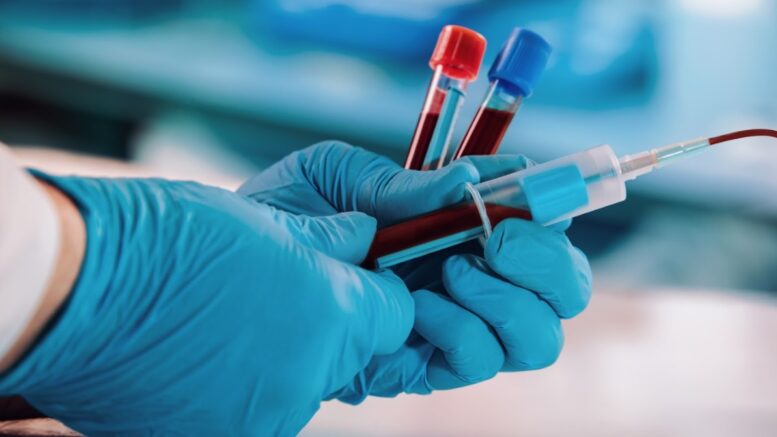You may have heard of platelet-rich plasma (PRP) treatment if you’re an athlete dealing with an injury. This relatively new medical therapy has been gaining traction recently as a viable method for treating soft tissue injuries, including tendonitis and ligament tears. But what exactly is PRP treatment, and how could you benefit from it? Let’s take a closer look at this form of medical therapy to learn more about its potential benefits and risks.
What is PRP Treatment?
PRP stands for Platelet Rich Plasma, a regenerative medicine used to treat injuries. This treatment uses blood enriched with plasma containing high concentrations of platelets rich in growth factors. The idea behind PRP is that these growth factors stimulate healing on an accelerated timetable while reducing recovery time.
The process begins by taking a sample of the patient’s blood, spinning it in a centrifuge to separate the different parts, then re-injecting the concentrated platelet-rich plasma into the area of injury or inflammation.
What Are The Benefits Of PRP Treatment For Injuries?
Several potential benefits are associated with PRP treatment for injuries, including faster healing times, reduced pain, improved range of motion, reduced inflammation, improved circulation, and reduced risk of future damage due to more robust tissue formation.
Additionally, since this type of treatment uses your blood, there is little risk of adverse reactions or infections compared to synthetic materials or medications.
How Could You Benefit From PRP Treatment For Injuries?
Suppose you’re suffering from an injury such as tendonitis or ligament tears that haven’t responded to conventional treatments such as rest, physical therapy, medications, or cortisone injections. In that case, you may consider exploring PRP treatment as an option. This form of medical therapy can relieve your current symptoms and reduce your risk for future injury due to more robust tissue formation resulting from the accelerated healing process.
Additionally, since this type of treatment uses your blood, there is little risk of adverse reactions or infections compared to synthetic materials or medications.
Are There Any Risks Associated With PRP Treatment For Injuries?
Although there are multiple potential benefits associated with PRP treatment for injuries, there are also some risks associated with its use, including pain at the injection site; bleeding; infection; nerve damage; bruising; the possibility that the injected material will not stay in place; and scarring caused by extravasation (leakage) of the material outside its intended area of injection.
Additionally, patients should be aware that results vary depending on individual factors such as age and overall health, so results cannot be guaranteed even if they have had positive experiences with prior treatments using similar methods.
All You Need To Know About PRP Treatment – In Conclusion
As with any medical procedure, there are potential benefits and risks associated with Platelet Rich Plasma (PRP) Therapy for injuries, so it’s essential to do your research before deciding whether this form of regenerative medicine might suit you and your condition. However, if you are looking for a relatively safe way to reduce pain and accelerate healing times, this could be a practical option worth exploring further. Before pursuing this type of medical therapy, speak to your doctor about what options best suit your needs.
